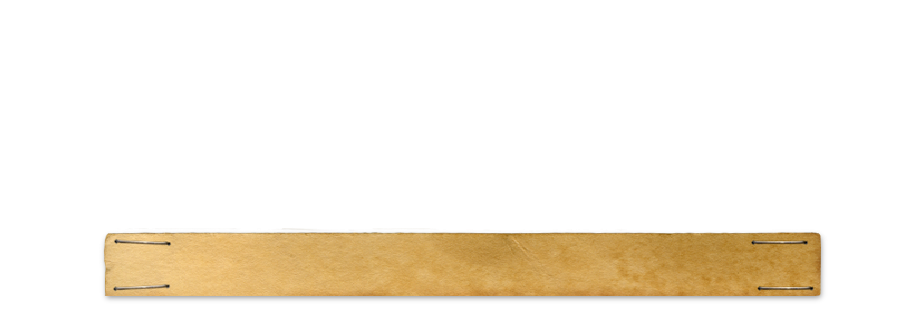

Copyright © All rights reserved. Made by VBC.


Professor,
Materials Science and Engineering,
Indian Institute of Technology-Kanpur ,
Work Phone: (512) 2597353,
Email: saboo[at]iitk.ac.in
Materials Science and Engineering,
Indian Institute of Technology-
Email: saboo[at]iitk.ac.in


Anukool Rajoriya’s Thesis


Thesis Topic:
A study of encapsulation methods and its effect on OLED degradation
A study of encapsulation methods and its effect on OLED degradation
Information displays always have been a topic of interest for consumer, scientist and
engineers from all over the world. The display based on Organic Light emitting diode
(OLED) is also not an exception. Early from its invention in 1987, OLEDs have gone
through many changes and prototyping and due to combined efforts from all over the
world, display based on OLED are finding themselves in the market. The superior
qualities of OLED make it a potential candidate for future information display application
like e-paper, display on cloth etc, which one can only imagine in dreams. However, the
degradation of OLED is a key hurdle in realization of such application. This also makes it
difficult to replace existing flat panel displays with OLED based displays
Work in this thesis concerns about the various aspect of encapsulation on OLED
degradation. Particular attention is made to reduce the number of dark spots and its
growth. The former is controlled by inclusion of new methods in conventional
encapsulation. Dark spots growth is controlled by the use of an epoxy with low water
vapor permeation and by reducing the cross section between the cover glass and
substrate.
Comparisons between different available epoxies have been made and by observing dark
spots growth, the best epoxy has been selected. Application of pressure during
encapsulation has successfully reduced the distance between cover glass and substrate.
Heat treatment of device prior to encapsulation has reduced successfully the number of
darks spots and some improvement in the current, voltage and luminescence has also
been found out. Deposition of NPD on top of the cathode has also reduced number of
dark spots; however, in this case heat treatment has not played any role in reduction of
dark spots.
engineers from all over the world. The display based on Organic Light emitting diode
(OLED) is also not an exception. Early from its invention in 1987, OLEDs have gone
through many changes and prototyping and due to combined efforts from all over the
world, display based on OLED are finding themselves in the market. The superior
qualities of OLED make it a potential candidate for future information display application
like e-
difficult to replace existing flat panel displays with OLED based displays
Work in this thesis concerns about the various aspect of encapsulation on OLED
degradation. Particular attention is made to reduce the number of dark spots and its
growth. The former is controlled by inclusion of new methods in conventional
encapsulation. Dark spots growth is controlled by the use of an epoxy with low water
vapor permeation and by reducing the cross section between the cover glass and
substrate.
Comparisons between different available epoxies have been made and by observing dark
spots growth, the best epoxy has been selected. Application of pressure during
encapsulation has successfully reduced the distance between cover glass and substrate.
Heat treatment of device prior to encapsulation has reduced successfully the number of
darks spots and some improvement in the current, voltage and luminescence has also
been found out. Deposition of NPD on top of the cathode has also reduced number of
dark spots; however, in this case heat treatment has not played any role in reduction of
dark spots.